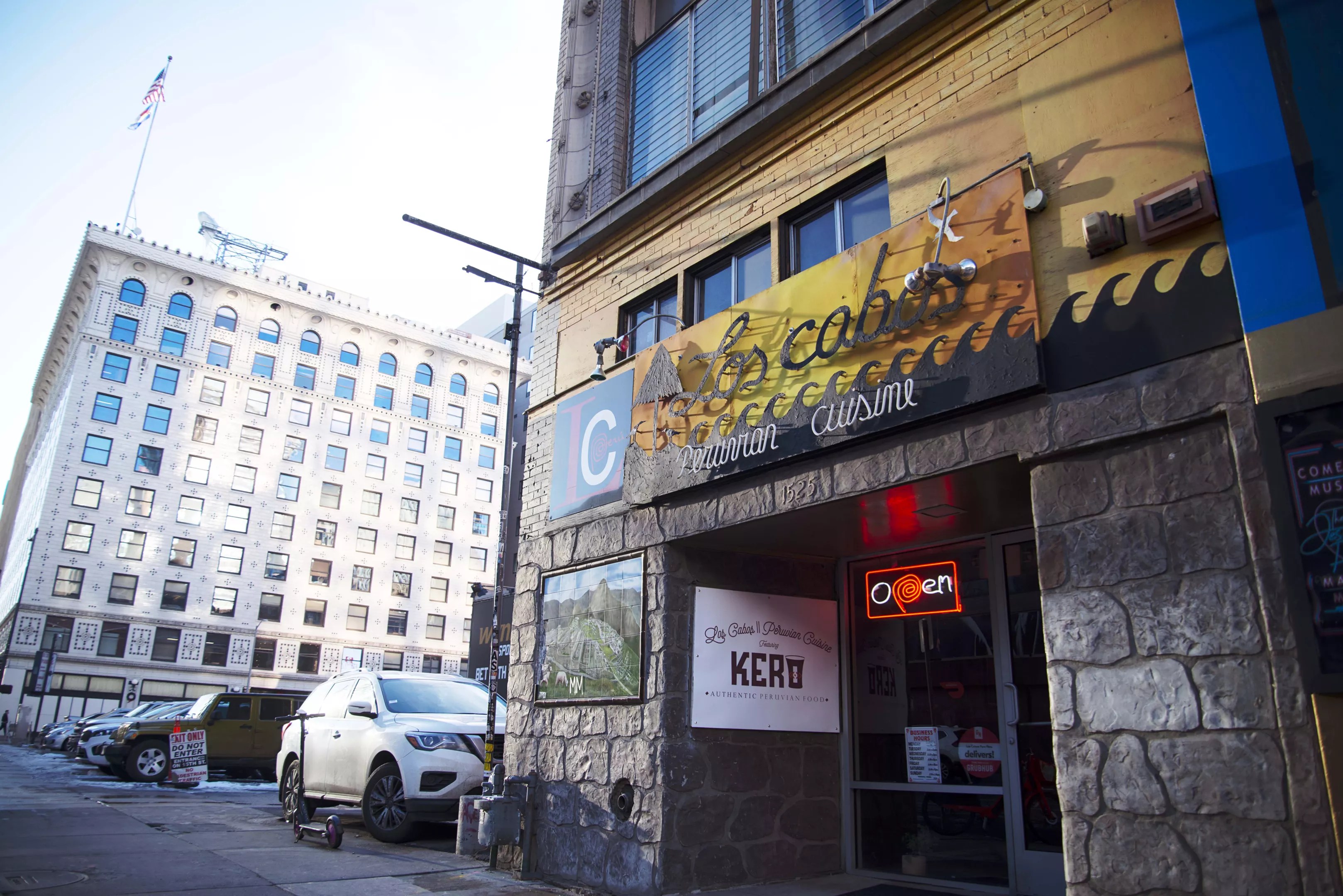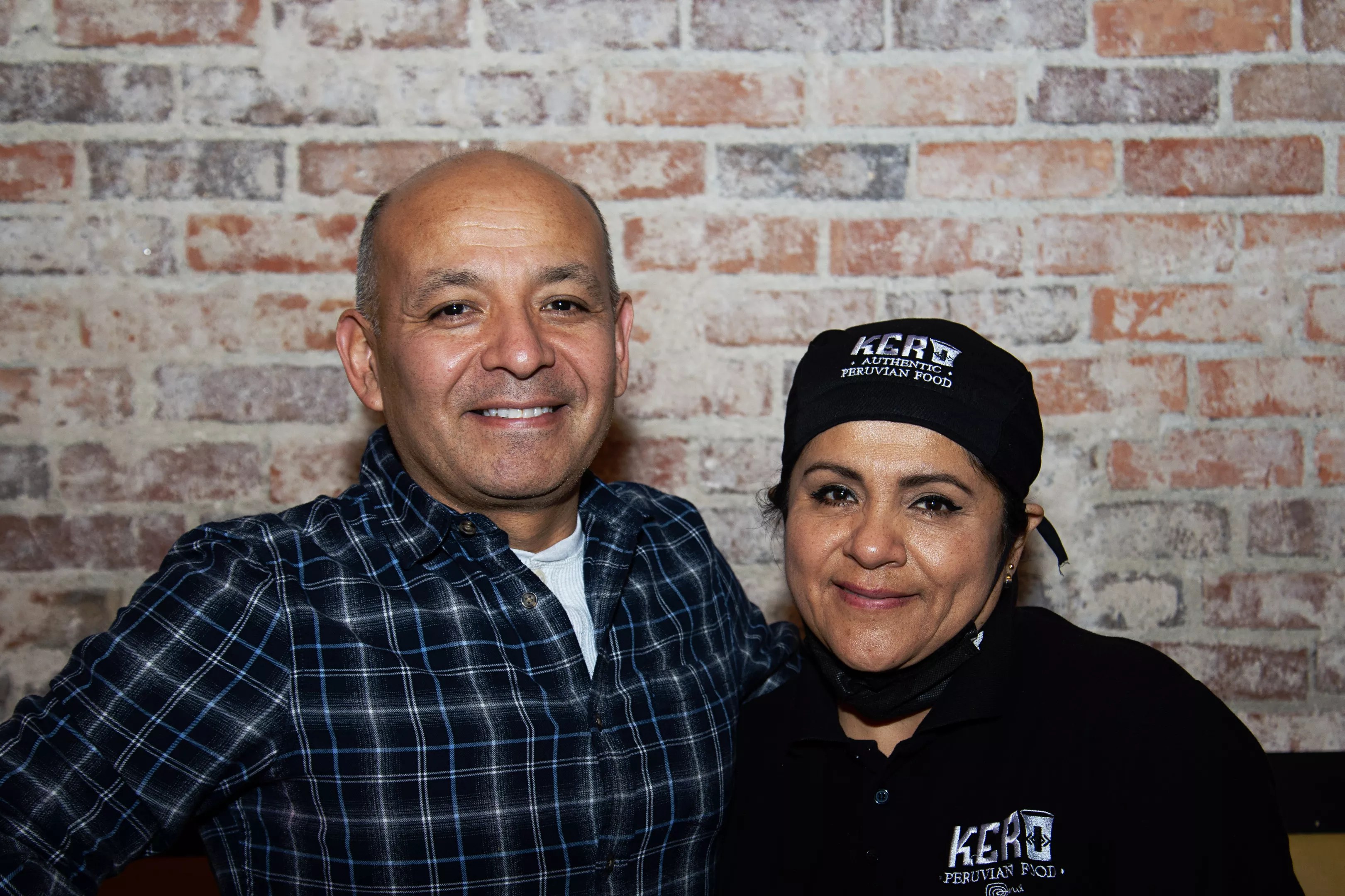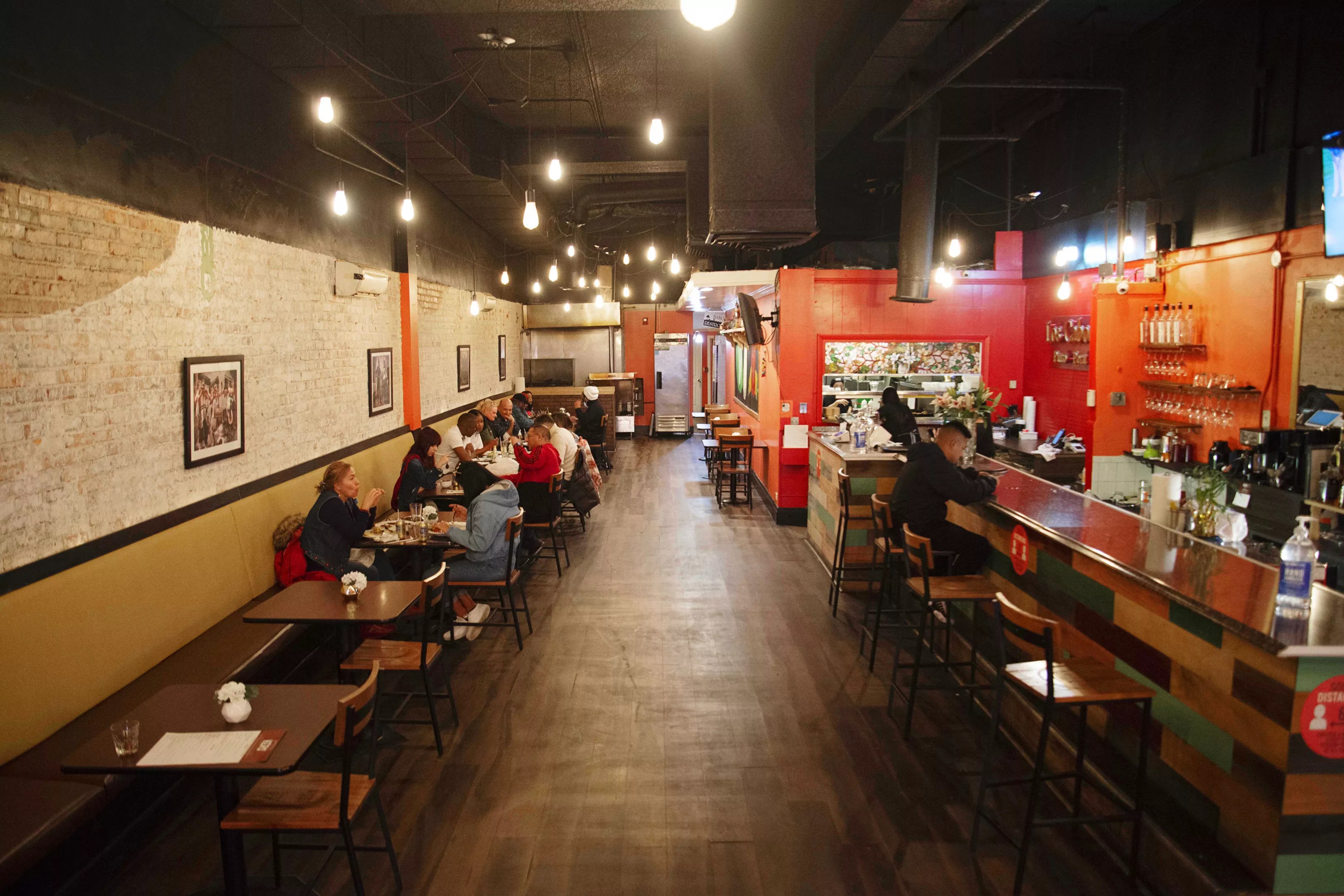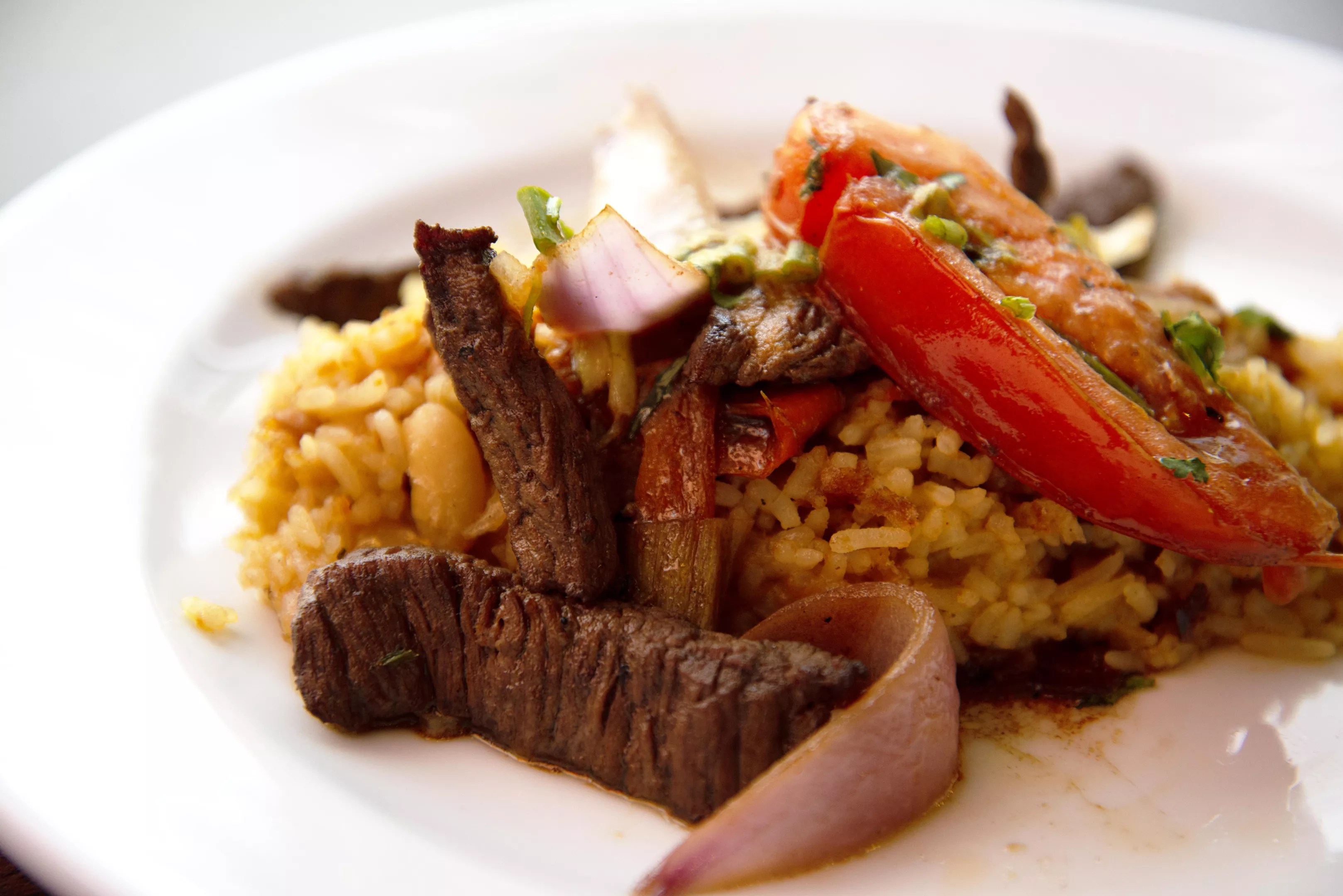
Tom Hellauer

Audio By Carbonatix
Los Cabos, the longest-running Peruvian restaurant not just in Denver, but perhaps all of Colorado, recently saw a passing of the baton from founder and pioneer Francesca Ruiz to Noel Plasencia and Lisa Nique, the duo behind Kero Peruvian Food in Aurora. The restaurant at 1525 Champa Street was opened by Ruiz and her husband Hernan over thirty years ago.
“There was no Peruvian food scene at all. [It] was very limited back then, with only really Mexican and Chinese cuisine,” Ruiz says. Perhaps the largest obstacle to Denver’s Peruvian market at the time was access to coastal-quality seafood, a logistical challenge for Peruvians whose national dish is ceviche.
In larger coastal cities, “because of the proximity to the ocean, you can find great Peruvian restaurants. Here it’s a bit more difficult,” says Plasencia. Despite this, Los Cabos firmly established its Peruvian roots over time, shedding some of its Hispanic and Asian menu items after a move downtown in 1997.

Noel Plasencia and Lisa Nique are the new partners running Denver’s oldest Peruvian restaurant.
Tom Hellauer
This year, make your gift count –
Invest in local news that matters.
Our work is funded by readers like you who make voluntary gifts because they value our work and want to see it continue. Make a contribution today to help us reach our $50,000 goal!
“The appreciation for the food grew because it had more exposure,” Ruiz says. This marked the beginning of “Puro Peru,” or pure Peru; a mantra and subsequent addition to the Los Cabos name for Ruiz and her husband. They expanded their menu, made deep connections in the local Peruvian community and raised their family while running Los Cabos. “We were the best combo working together,” Ruiz says of her husband, who passed away in August 2021.
After his death, “it became increasingly difficult to run the restaurant, so I looked for associates to help with the restaurant front,” Ruiz says. Coincidentally, Kero Peruvian Food, an authentic takeout and catering eatery in Aurora, had started to experience some buzz and success after opening around six months ago.
Kero is spearheaded by both Plasencia and Nique, his business partner and Kero’s chef. Nique previously cooked in a restaurant in Lima, Peru’s capital and largest city. “She’s the one that makes all the magic,” Plasencia says.

Diners sit at Los Cabos.
Tom Hellauer
Ruiz eventually checked out Kero. “She really enjoyed our flavors, and in time we were talking to her,” Plasencia says. Eventually the Kero team and Ruiz reached an agreement where Kero runs day-to-day operations at Los Cabos while Ruiz retains ownership, considering it an ongoing partnership. Keeping up the Ruiz legacy “is a big responsibility for us,” Plasencia says. “She saw in us the desire, passion and commitment to serving true Peruvian.”
Looking around Los Cabos now, you can’t ignore what Ruiz and her family built over the years. A mention of visiting the restaurant earns you a discount and smile from the parking lot attendant. A couple of groups at the neatly-aligned wooden tables have long finished eating but remain, relaxing and catching up on a Saturday. Ruiz’s decor has not been changed much by the new management.

The tacu tacu con lomo saltado contains sliced steak, onions, tomatoes and cilantro atop fried white rice with beans.
Tom Hellauer
Plasencia and Nique are starting to make their mark, however. For the tacu tacu, a dish with sauteed onion, tomato, cilantro and fish or steak atop fried white rice, the pair see not just ingredients, but 500 years of Peruvian culinary evolution. While some ingredients, such as quinoa and potatoes, originated in Peru, a blend of influences from Spanish colonizers, African slaves and Chinese immigrants, among others, helped shaped Peruvian food into what it is today. “We are so proud of our cuisine. That fusion is very rich. Every plate has a history,” Plasencia explains.
Other menu highlights include the seafood options, ranging from ceviche to salsa de mariscos; the housemade chicha morada (a purple, sweet-corn based Peruvian drink that comes in both alcoholic and non-alcoholic versions); and the pisco sour, a Peruvian staple that headlines the drink menu.
In this new chapter for Denver’s oldest Peruvian institution, the Kero team seems well-positioned to continue and add to a longstanding tradition. Looking back over the decades at Los Cabos, Ruiz says that bringing Peruvian food to Denver and having people respect the culture and food was a challenge, but “also our great success.”